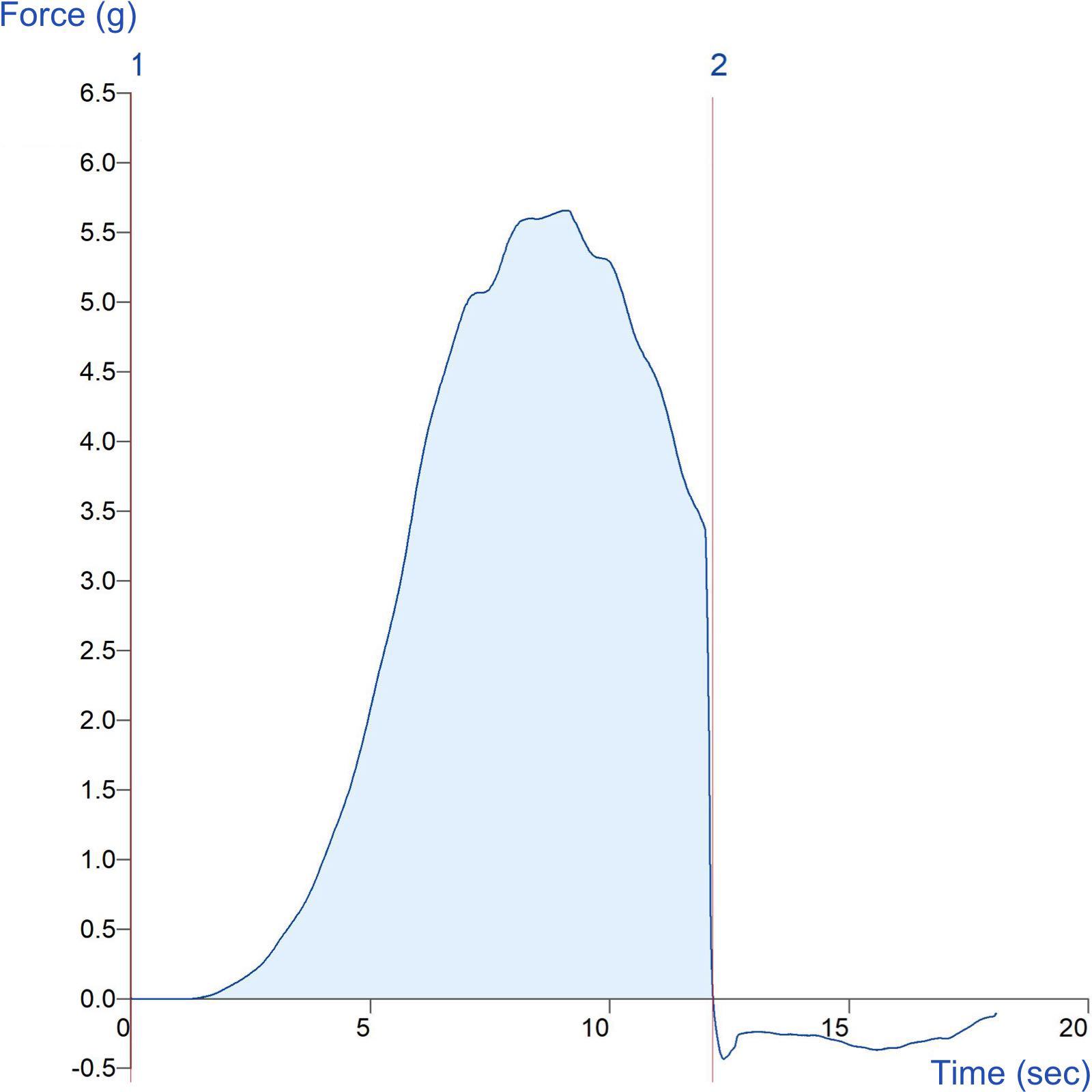Product overview
The measurement of ice cream scoopability, which refers to the ease with which ice cream can be scooped from a container or display, is important for various reasons in the food industry. The ease of scooping ice cream directly affects the consumer's experience. Ice cream that can be scooped easily provides a positive tactile sensation and contributes to a more enjoyable eating experience. In foodservice establishments, such as ice cream parlours and restaurants, quick and efficient serving is crucial. Measuring scoopability ensures that scooping ice cream doesn't slow down service, leading to better customer satisfaction.
This attachment is used to measure the resistance of ice cream, and other similar products which can be formed into a self supporting block, to the scraping action of a scoop. A tilt-table is mounted on to the base of the Texture Analyser and the scoop positioned on to the Load Cell. A 12cm x 40cm sample is attached to the tilt-table by means of four spikes and the scoop extension distance adjusted to remove an appropriate quantity of the sample.
The force is measured as a response to the scraping action of the scoop and used as an indicator of the ease with which a consumer might remove an ice cream portion from the sample mass.
How does the Ice Cream Scoop Rig work?
Ideal sample form
Block form ice cream.
Benefits and limitations
- Allows an imitative test to be performed.
- Samples need to be tested very quickly as testing is at ambient temperature.
Technical information
Installation
Full installation instructions are provided within the Education Zone of the latest Exponent/Connect software version and on the technical information sheet accompanying this product.
Chemical compatibility
Stable Micro Systems probes and attachments are commonly made from four materials: anodised aluminium (AA6082 T6), stainless steel (316 T), Delrin (acetyl copolymer) and Perspex (polycarbonate).
In general use, probes and attachments made from these materials will be suitable for testing food products and inert non-food materials.
The four materials listed above are not universally resistant to all types of chemicals and as such the compatibility of the probe/attachment material with the product (to be tested) must be established to prevent damage to the probes and attachments. If the compatibility of the product with the probe is unknown to the customer then the chemical information about the product (Material Safety Data Sheet or Product Data Sheet) should be submitted to Stable Micro Systems. Stable Micro Systems will then assess the suitability of the probe/attachment material for use with the product and advise accordingly. If this advice is not sought then Stable Micro Systems will not accept liability for probes/attachments damaged by chemical attack from the product being tested.
Cleaning and maintenance
All probes and attachments may be cleaned in warm (or hand hot) water using a mild detergent. A soft brush may be used but abrasive cleaning aids should be avoided. Stable Micro Systems products should not be microwaved or cleaned in a dishwasher.
Screw threads should be lightly lubricated after drying using a light lubricant, e.g. petroleum jelly, mineral oil. This will aid the fitting and unscrewing of the item. Each component of a probe or attachment should be wrapped separately when stored, to avoid scratching or chipping. This will safeguard against any unnecessary damage to the accessory.



